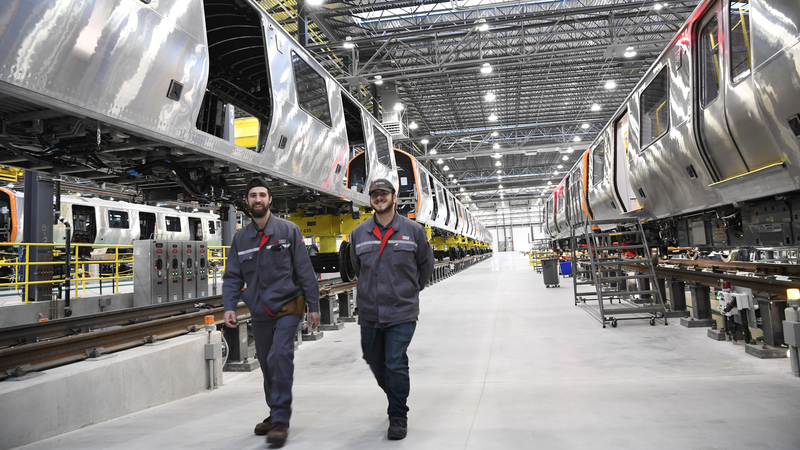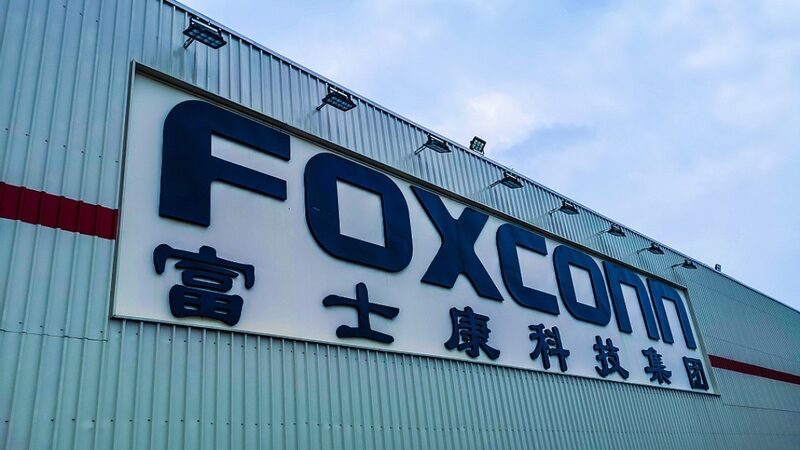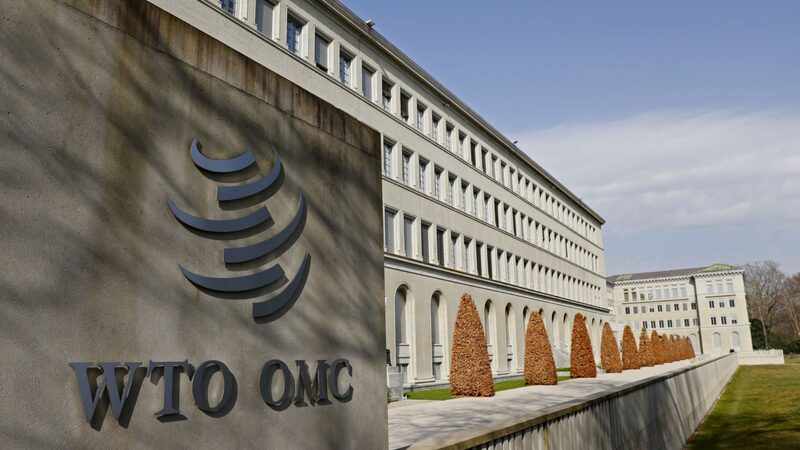When China joined the World Trade Organization (WTO) in 2001, headlines warned of a ‘job apocalypse’ in the U.S. Fast-forward 23 years, and the story isn’t about loss—it’s about transformational change 📊. Let’s unpack how the American workforce remixed its playbook.
🔄 The Numbers Tell Two Stories
The U.S. lost 3.9 million manufacturing jobs post-China’s WTO entry, but gained 27.4 million new non-farm roles overall. Think healthcare (+7.9M jobs!), tech, education, and logistics. Like swapping Walkmans for Spotify, the economy evolved 🎧→📲.
🤖 Adaptation Over Collapse
While factories downsized, innovation surged. Sectors like AI, renewable energy, and gig work boomed—fueled by globalization. The takeaway? Workers moved from assembly lines to coding labs and hospital corridors 💡.
🌍 What’s Next?
Globalization isn’t a zero-sum game. The U.S.-China economic dance continues, with automation and climate tech creating fresh opportunities. The lesson? Jobs don’t disappear—they remix 🎶.
Reference(s):
China's WTO entry didn't kill American jobs – it changed them
cgtn.com







